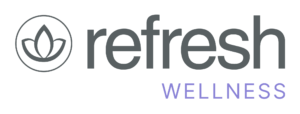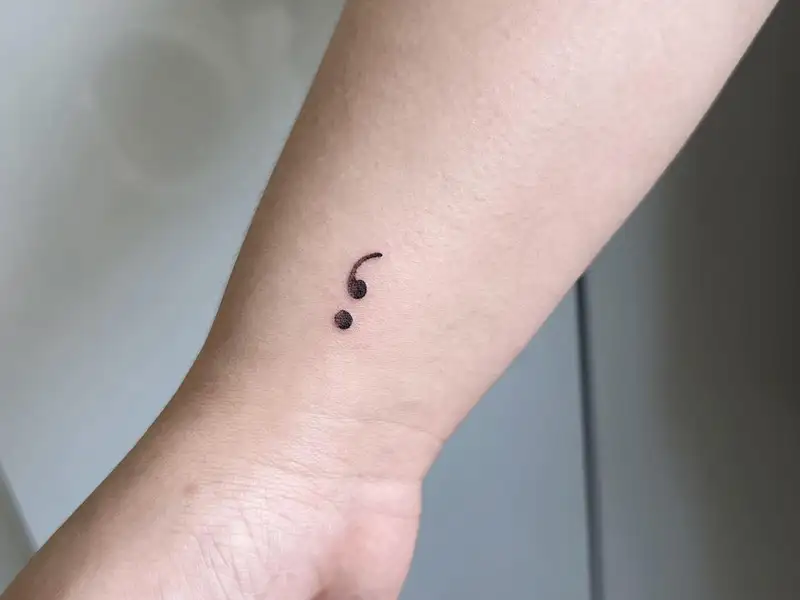Our Origin Story: Refresh Wellness Platform
Nick Kochar didn’t set out to make a mental wellness app, but when he spotted an unusual tattoo on the wrist of a good friend and colleague, he got to thinking.
“She showed me a tattoo on her wrist; it was a semicolon,” says, Kochar, owner of Saskatoon brand and digital marketing agency Refresh. His friend explained the punctuation mark has been embraced as a symbol of suicide and self-harm prevention.
“She said to me, like a semicolon, a sentence is supposed to end but continues.”
But why the symbol, he wondered? Why the code? When it comes to physical wellness, there is a wealth of information, tools and professional support offering advice on everything from the usual aches and pains to how to recover from a broken limb. But for mental wellness, supports are harder to come by.
For Kochar, who holds an MBA and a degree in computer science, the wheels started turning. Smartphone apps for physical health put the power in the user’s hands.
Could an app give people the power to manage their mental health too?
Coincidentally, within days of the semicolon conversation, Kochar was invited to attend a networking event at Sask Polytech’s School of Nursing. There, Kochar met Dr. Terry Peckham, senior research associate at Sask Polytech.
It was the first of a series of conversations that turned the initial concept of a mental wellness app into a research and development project for Peckham, colleagues Cyril Coupal and Kelvin Boechler and two students under their supervision. They applied for and received an Engage Grant from the Natural Sciences and Engineering Research Council of Canada (NSERC) for the work.
“The relationship was very complementary,” Kochar says. “They brought the tech know-how, I brought the broad strokes. The actual knowledge and skills of how to get it done using the fundamentals of modern software development, that came from Sask Polytech.”
The collaboration yielded the Refresh Wellness app, designed to allow users to monitor their own mental wellness, evaluate how different activities and strategies affect this wellness and connect people into a community.
Kochar envisions the app will also be able to connect users with providers of services such as yoga and tai chi, or products such as full-spectrum lights and beds.
While the Refresh Wellness app is designed for personal use, Kochar brought it to several health care professionals, who immediately identified its potential to help them serve their patients better. The app captures much richer information than they can get from their usual intake forms.
“You could actually choose to share your log with your mental health professional,” Kochar says. “That professional could have three months or half a year’s data – it would give them a real leg up.”
The Refresh Wellness app is expected to be available in 2018 for both iOS and Android platforms.
For more information on Applied Research at Sask Polytech visit saskpolytech.ca/research.
https://saskpolytech.ca/news/posts/2018/refresh-wellness-app.aspx

